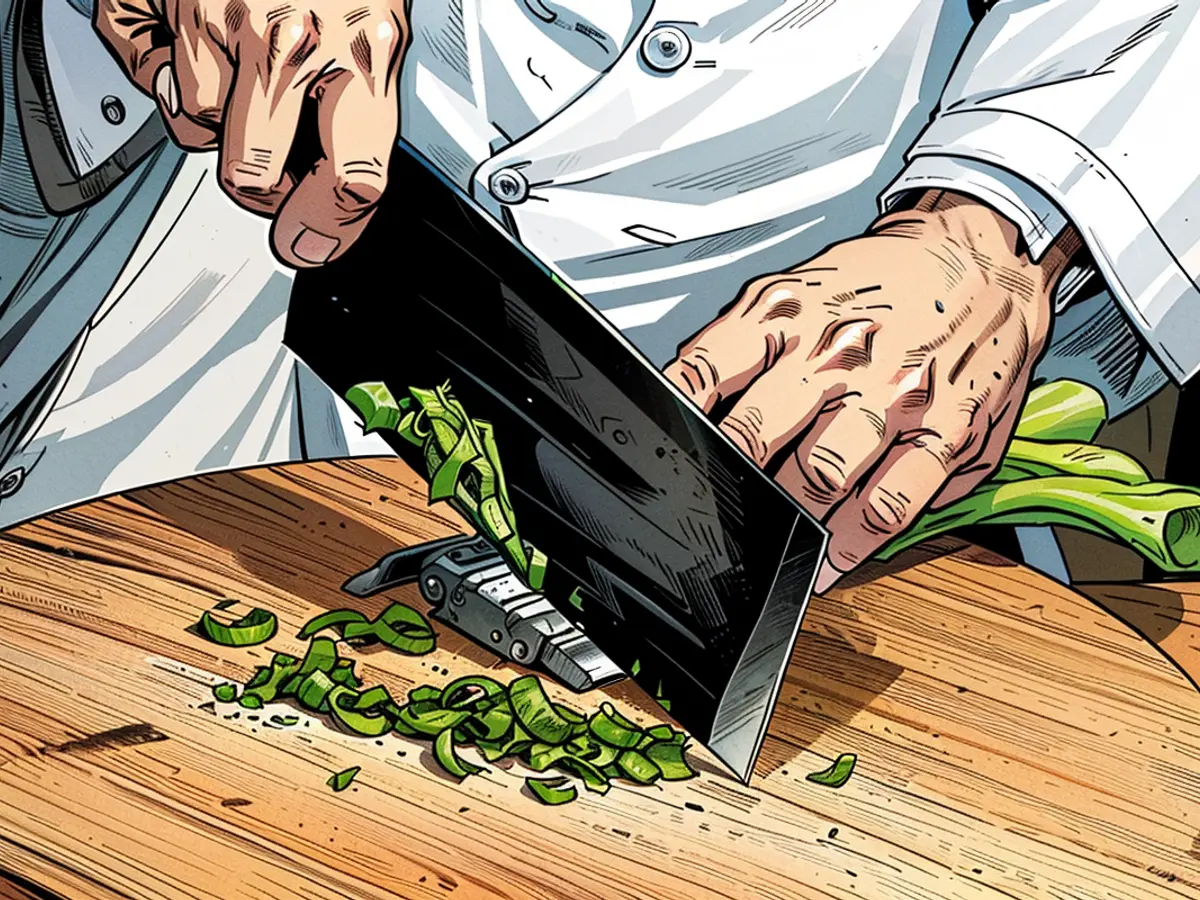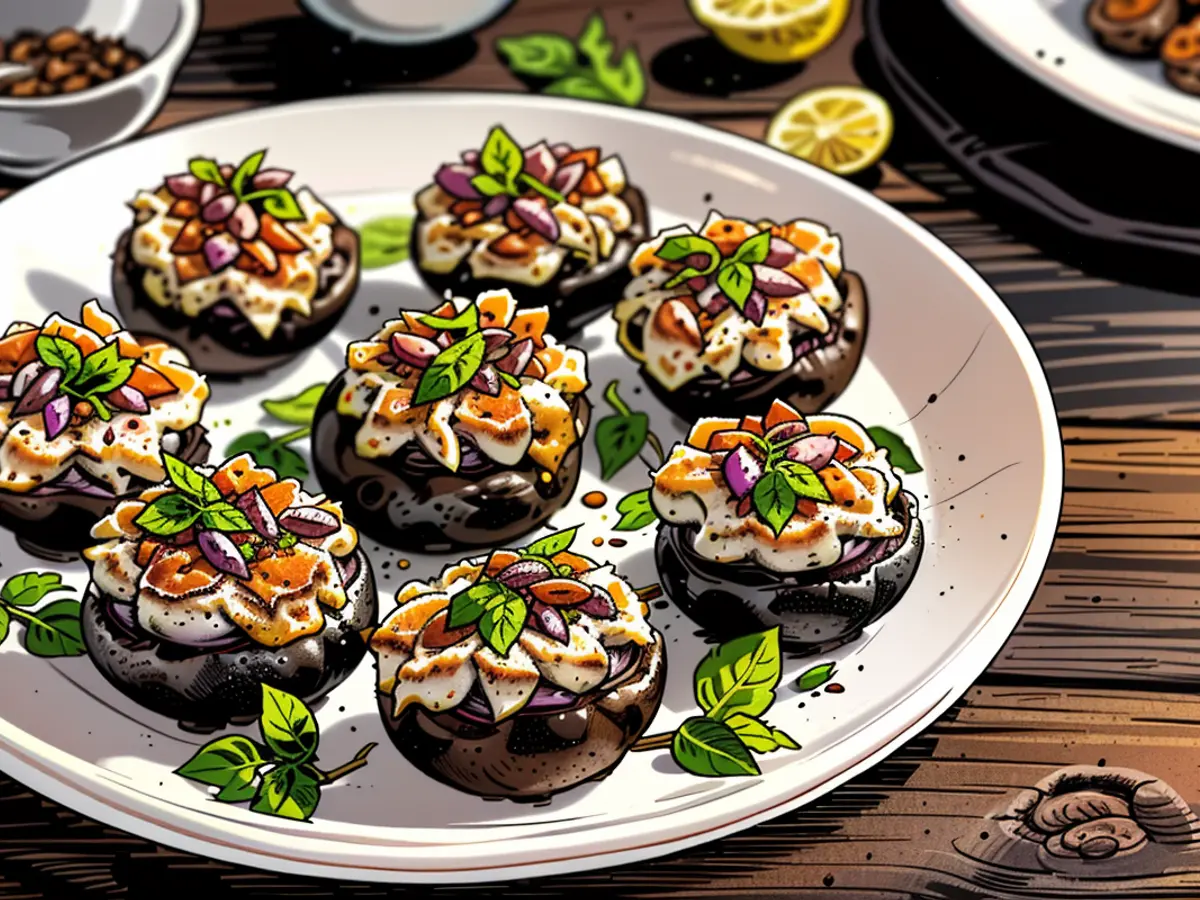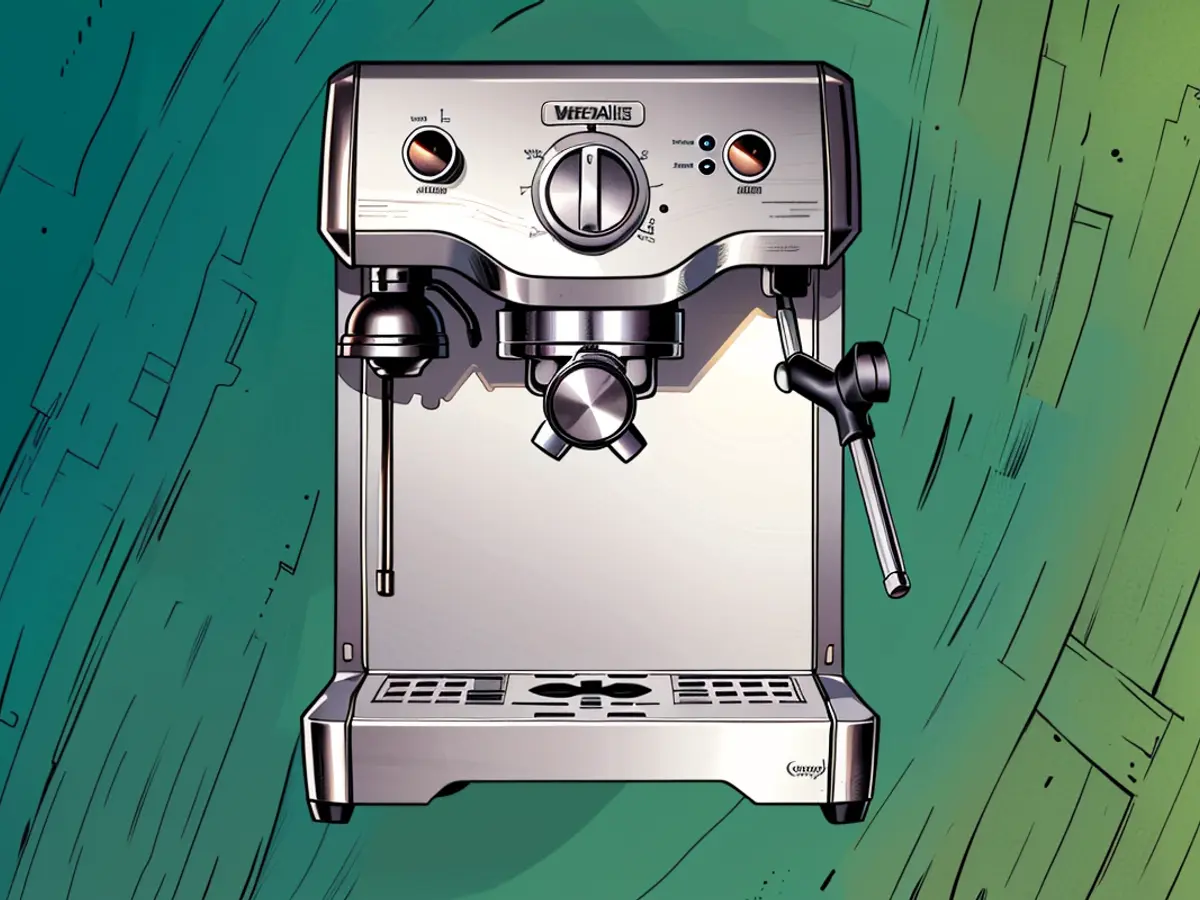A Cleaver's Versatility as an Excellent All-Purpose Blade
Cleavers are typically associated with butchering large chunks of beef or appearing in horror films that feature bloody butchery. Often misunderstood as a specialized knife reserved for slicing through flesh and bone, this quintessential tool is actually quite versatile. Here are some of its primary uses, as well as some unexpected applications that might surprise you.
Milk Street Store's Cleaver, available at Milk Street Store## What sets a cleaver apart?
All knives share a common purpose: to slice through materials. It's the blade shape and the placement of the handle that determine the knife's optimal use. Distinctive in appearance, the cleaver sports a tall, rectangular blade paired with a handle situated atop the blade. Let's delve into the unique characteristics of its blade first.
The blade
Unlike a boning knife, which boasts a bendable metal structure, the cleaver's blade is sturdy, broad, and unyielding. The blade may be thicker than a chef's knife, but thin, modern alternatives are equally strong and lightweight. The cutting edge of the blade can curve gently or maintain a straight edge, allowing for slicing motions or vertical strokes. This robust, tall blade is what makes the cleaver well-suited for making precise, straight cuts through substantial items, such as ribs or tough gourds.
The handle
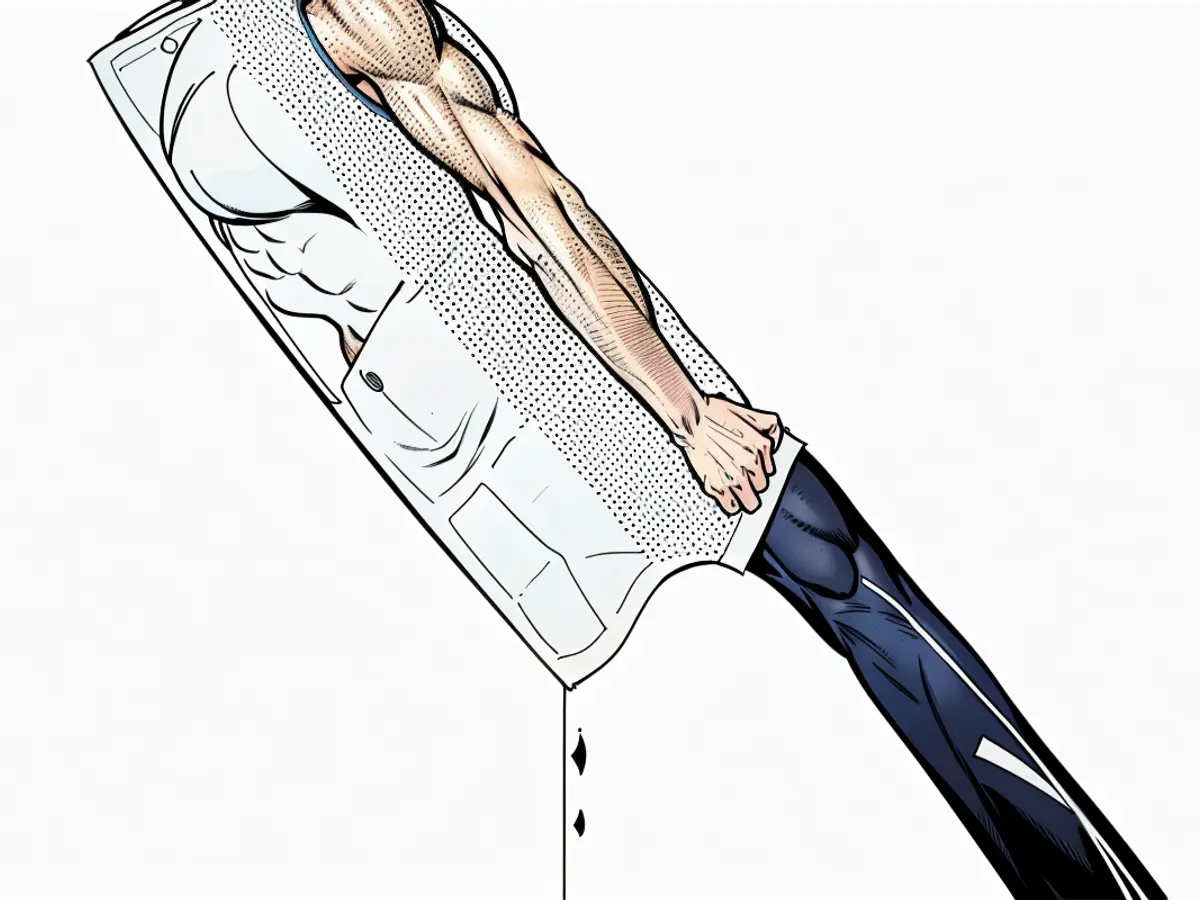
at Milk Street Store
The handle sits at the top of the blade, allowing you to utilize its weight to generate force. This is particularly helpful when making powerful cuts or executing forceful chops. The additional distance between the handle and the blade's edge ensures enough room for your fingers to maintain a secure grip, reducing the risk of accidental injury or knuckle-bruising when your knuckles collide with a hardwood cutting board.
Traditional Chinese cleavers feature shorter handles compared to the blades' length. This gives the user a centralized sense of balance and support, making the chopping process feel more effortless and natural. Western cleavers with longer handles provide an opposite experience, offering more control and a more comfortable grip for beginners or users who prefer a more balanced feel.
Considerations for purchasing a cleaver
When on the hunt for a new cleaver, take into account your basic knife-buying knowledge. Verify if the knife is full tang—does the metal extending from the blade extend all the way through the handle? Discover the type of metal it's manufactured from. Most cleavers incorporate hardwearing stainless steel or high-carbon steel, both of which are strong materials. However, high-carbon steel may be more brittle than stainless steel, potentially making it more susceptible to chipping when cutting through stubborn materials.
Consider the type of handle that best fits your preferences. It's wise to shop in person so you can assess the knife's weight and perhaps test some strokes. Ask the sales team about sharpening and the angle of the blade's edge to ensure you can maintain the knife in optimal condition at home.
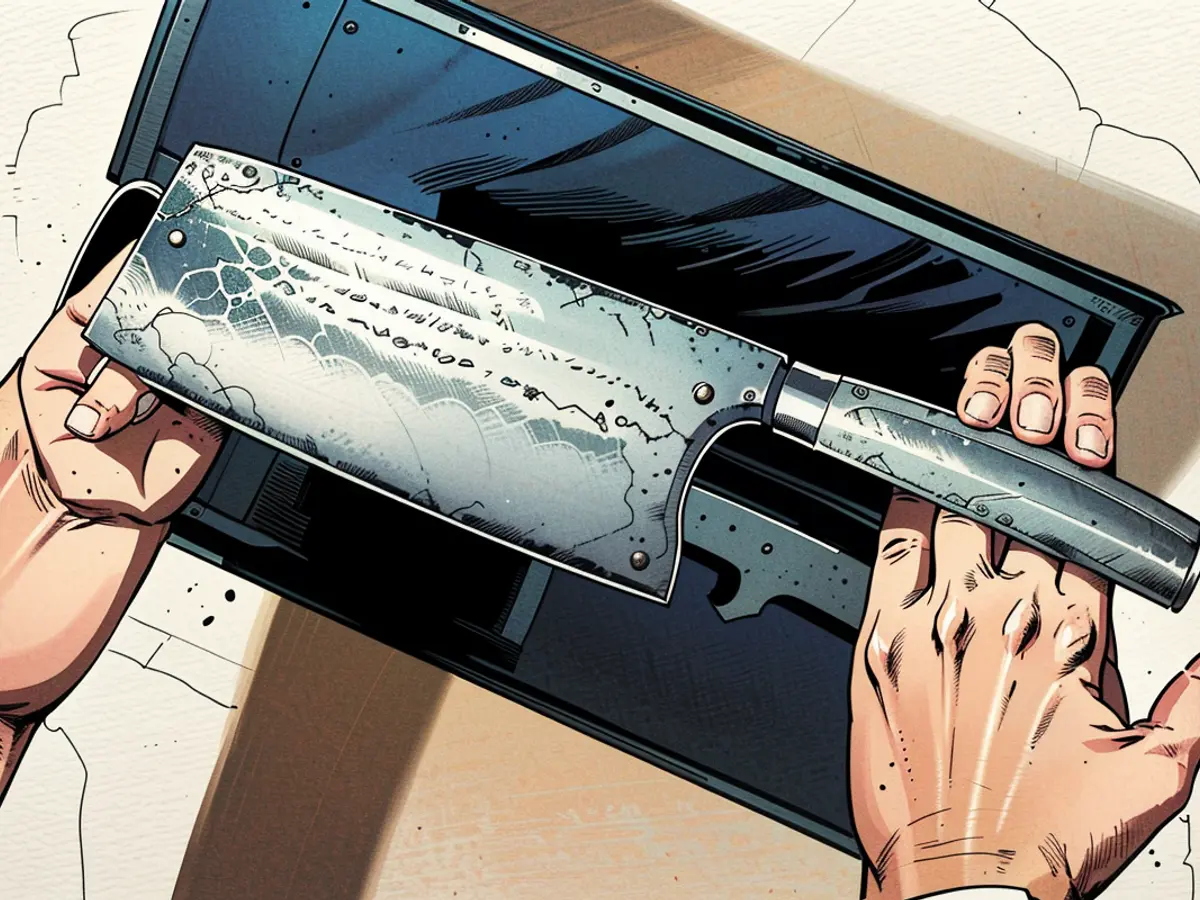
at HexClad
Creative uses for a cleaver
Large cuts. Due to its wide and tall blade, the cleaver excels at piercing through sizeable, durable materials—making it an invaluable asset when butchering. Effortlessly quarter chickens or finally split the tough rind of winter squashes, like butternut or acorn, with ease. Slice through watermelon or cantaloupe like a pro.
Finely cut items. Keep your blade sharp, and your cleaver becomes as adept at slicing chives as it is at dividing smoked ribs. The curved or straight blade can help you neatly chop onions or garlic or effortlessly mince herbs. With some practice, you can even chiffonade stubborn cabbage or cut six servings of your homemade soba noodles with precision.
Versatile blade. Your cleaver should remain in your go-to knife collection. In addition to the aforementioned tasks, you can prepare all your vegetables, utilize the blade's width to smash garlic, and scoop ingredients into pots efficiently. The blade's benchescraper-like shape is useful for applying flour to dough for rolls or slicing pizza. Don't forget that you can also create homemade ground meat by roughly chopping a large cut until reduced to a fine mince. Given some practice, your cleaver could become the multifunctional blade that elevates your cooking abilities.
After understanding the versatility of a cleaver, you might be surprised to discover that it's not just limited to food-related tasks. For instance, did you know that a cleaver can also be used to demonstrate 'how to use a cleaver' in cooking demonstrations or classes? This allows individuals to learn the proper technique for using this tool effectively. Moreover, if you're a fan of homemade fruit juices or smoothies, you can utilize your cleaver to efficiently cut through fruits, such as pineapples or watermelons, making the juice preparation process smoother and more manageable.

